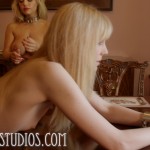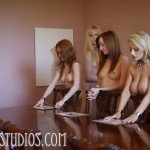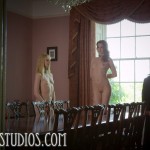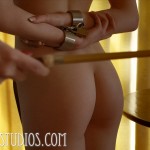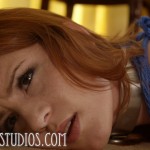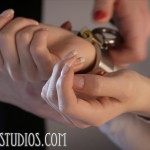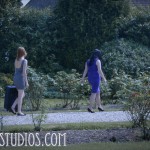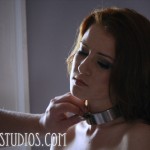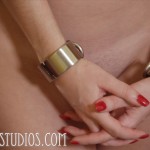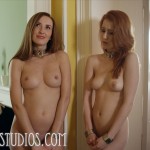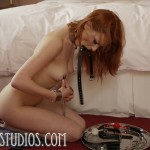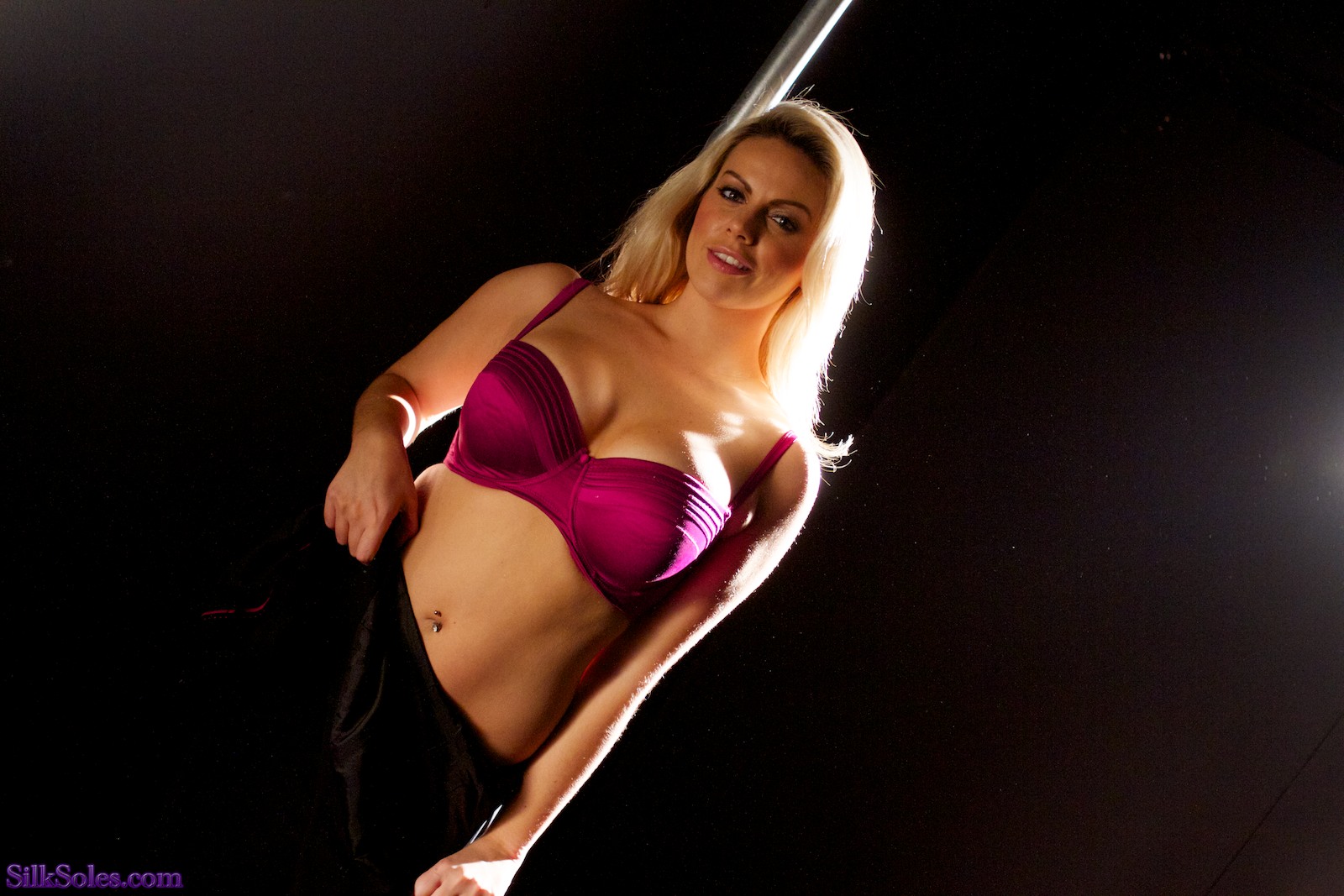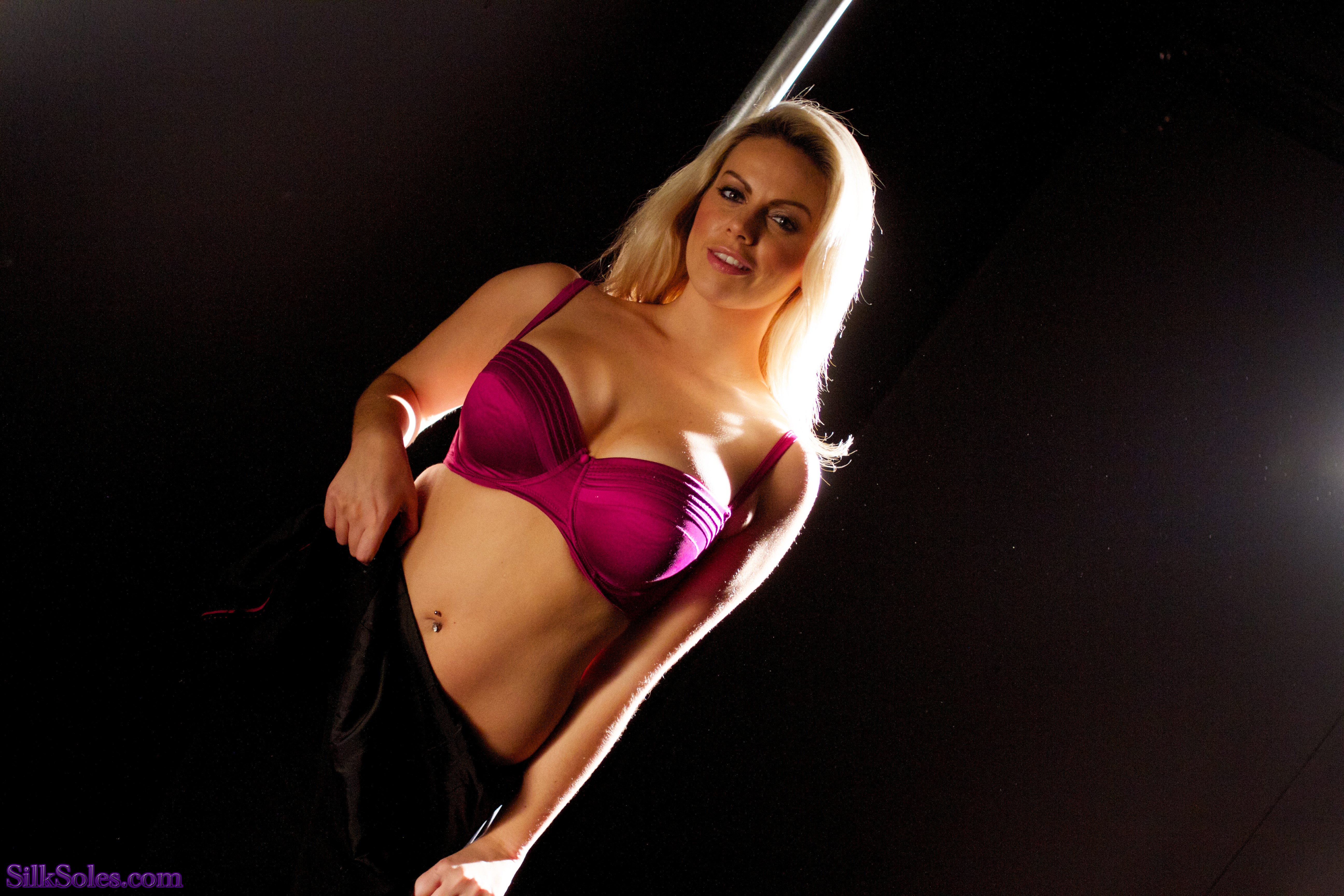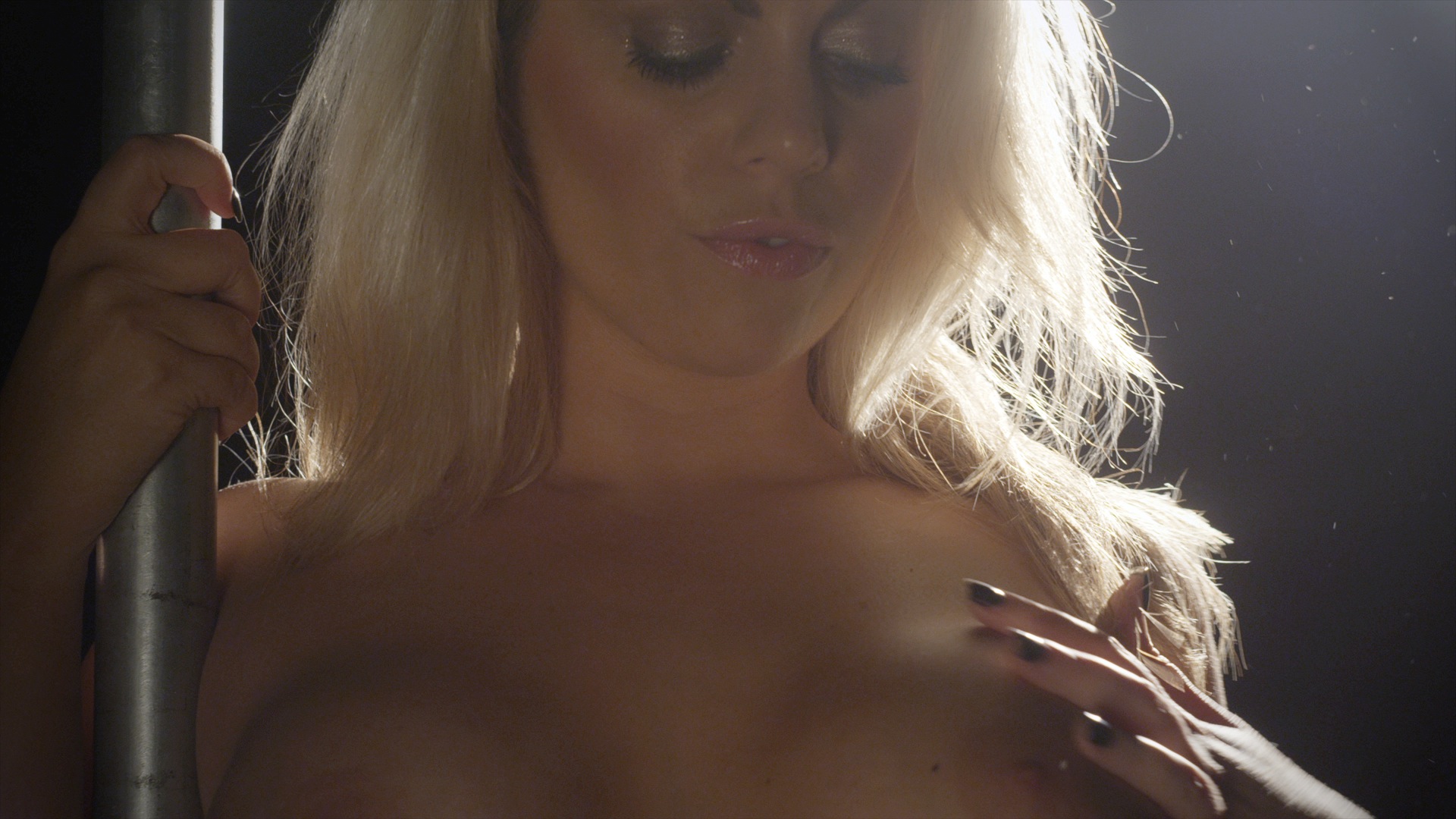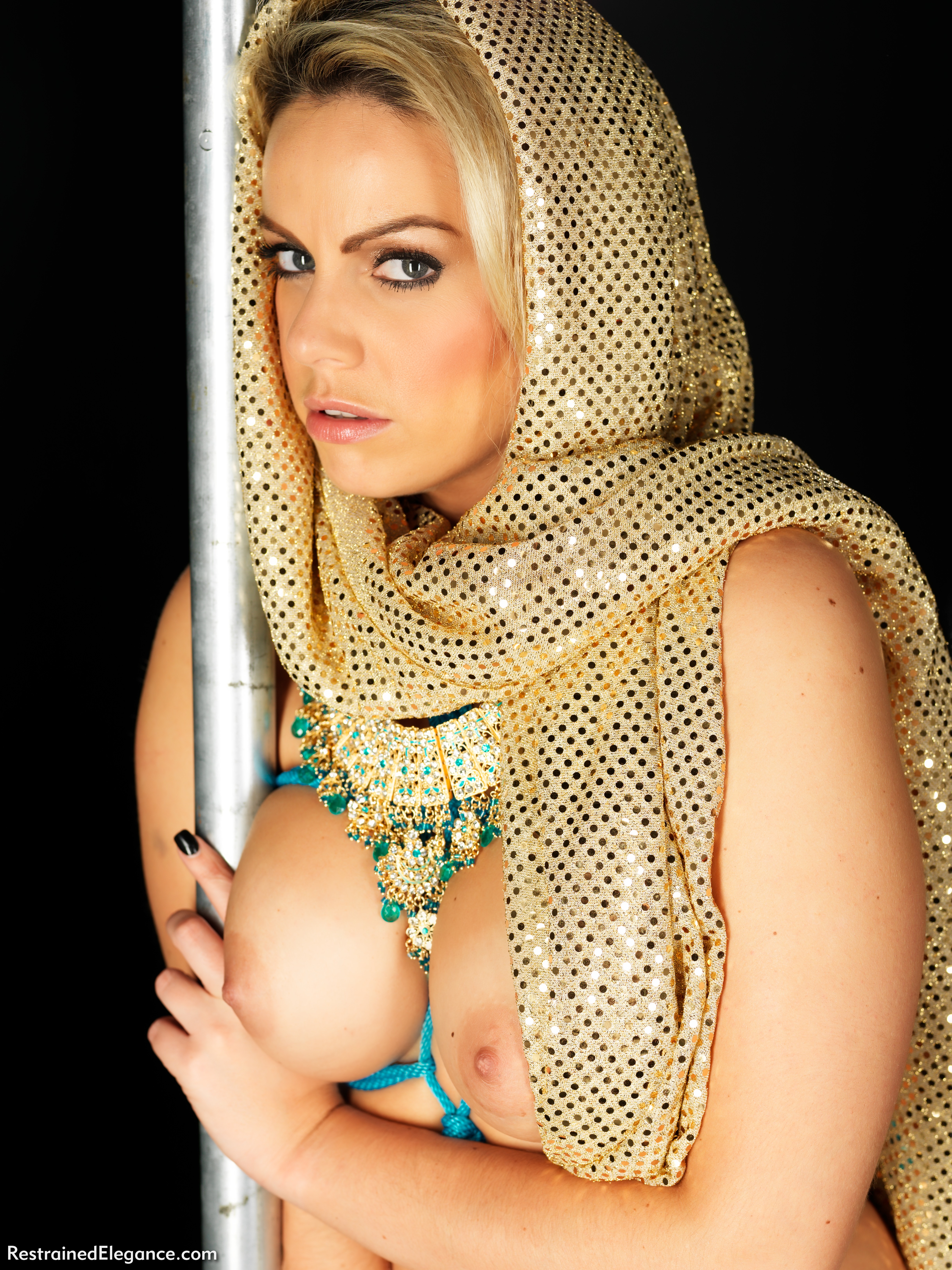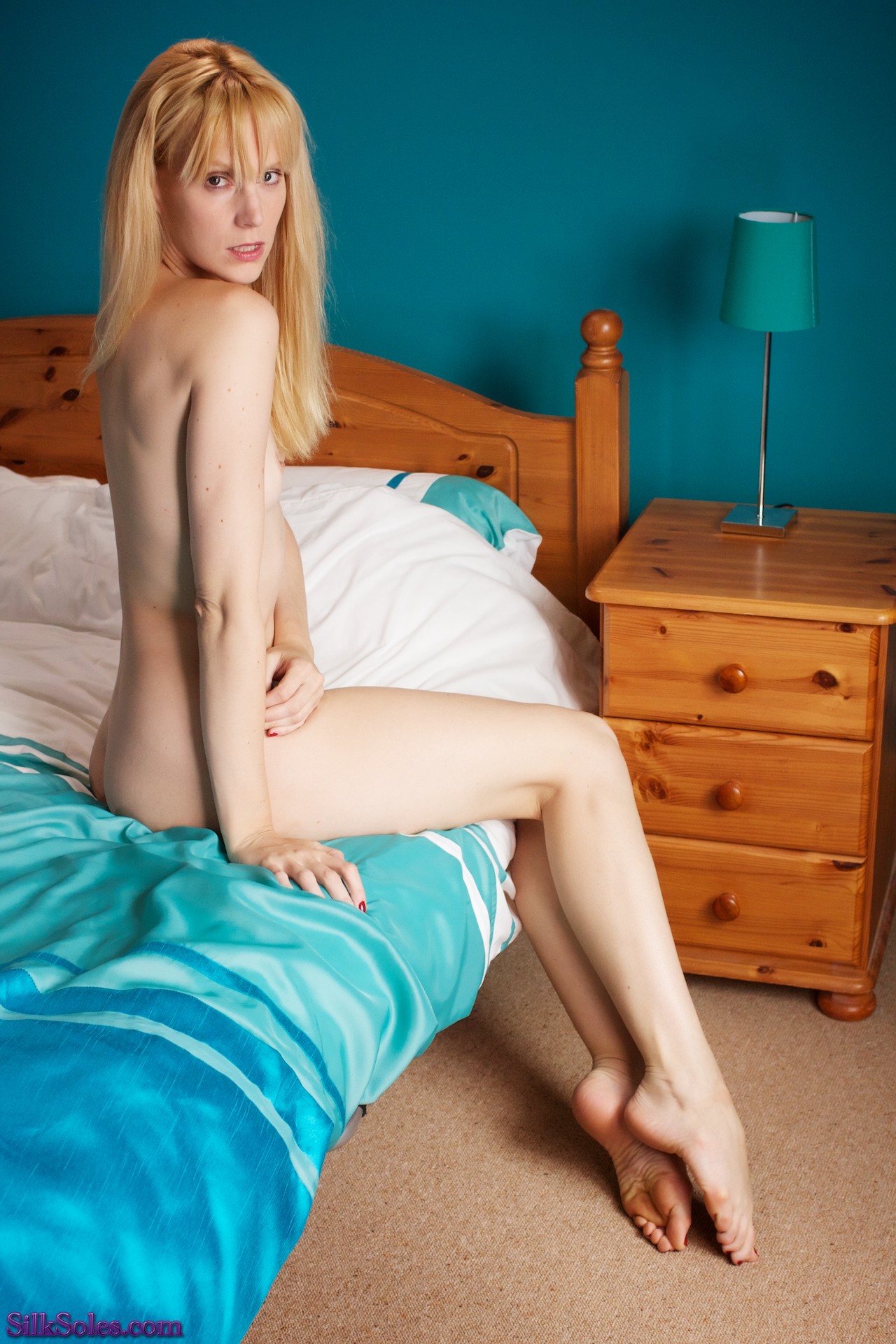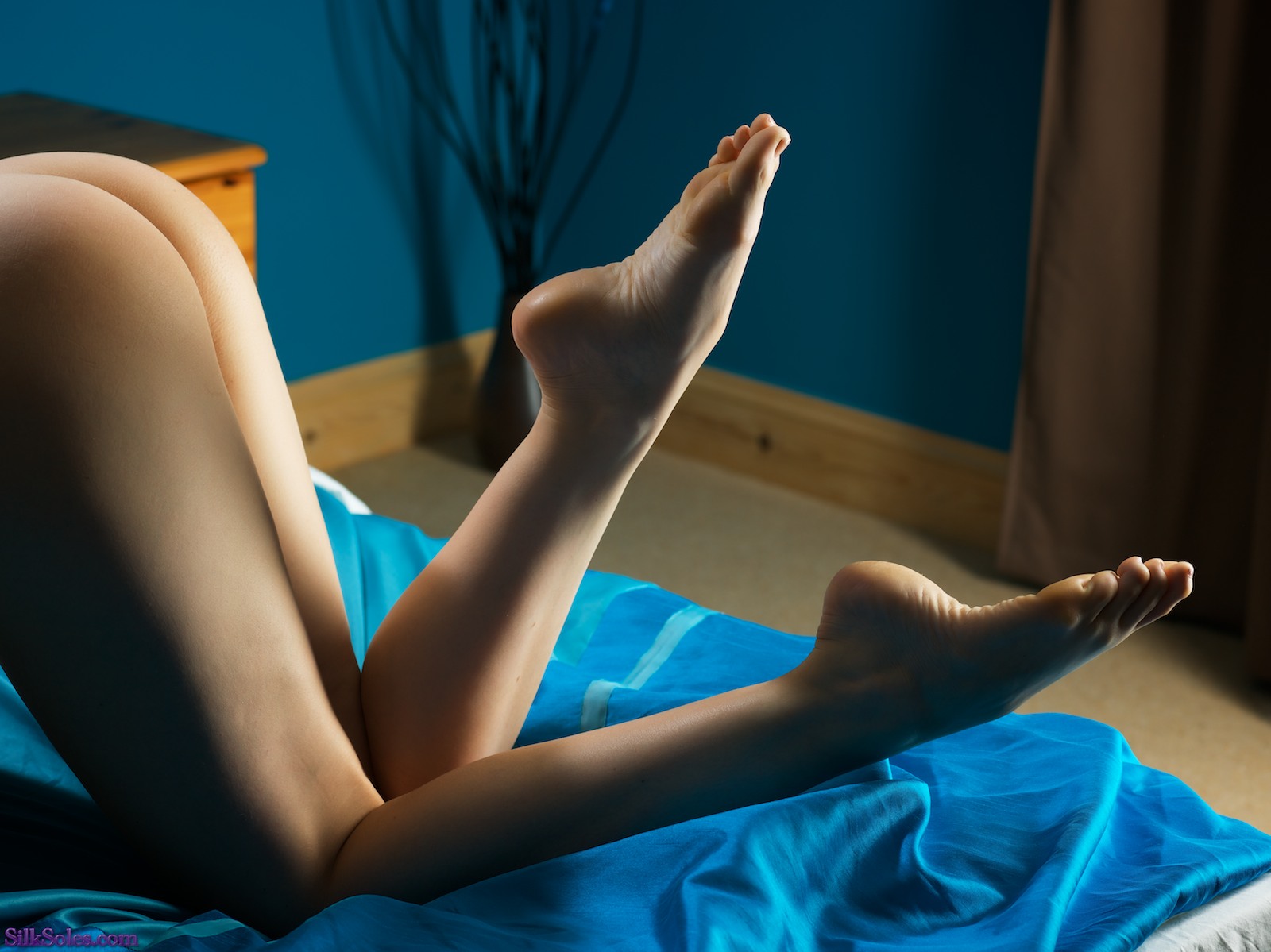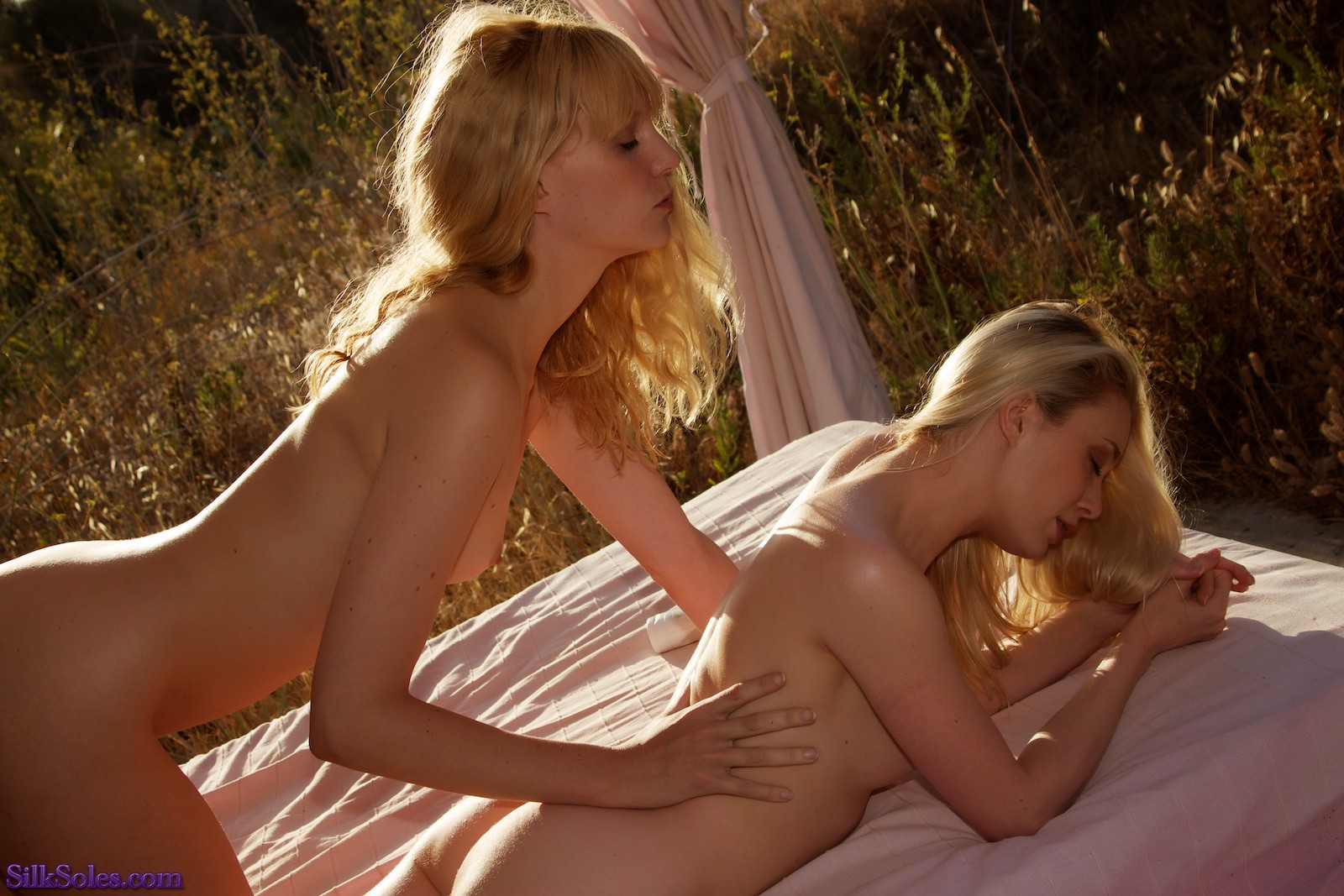Read a fabulous blog post about techie gear for film-making this week. http://www.borrowlenses.com/blog/2012/04/op-ed-gear-doesnt-matter-except-when-it-does/
If you hang around the Interwebs looking for information on photography or film-making, you’ll run into several of the “standard characters” that used to hang around at the local camera club. One of these clans is the guys we call “Mr. Camera”.
These armchair experts seemingly cannot talk about anything else- and certainly doesn’t appear to have any interest in the actual PHOTOS. They often have a sack of extremely expensive gear, and will without fail take the worst photographs of any group of photographers in a tutorial or group situation. They are exhausting to try to teach because they’re actually only interested in the kit in your cupboard, not in hearing anything about photo technique. They will bluster at length about how they could not possibly use such-an-such a lens because it is only f/4, whilst being apparently unable to distinguish the model from the ceiling when actually looking through a viewfinder.
Now this clan are particularly active on the Interwebs, because they have nothing better to do. Whereas actual photographers and film-makers only dip into forums from time to time because we are planning, shooting or editing (and earning a living from so doing), Mr. Camera and his buddies live online.
As a reaction to this, there’s a counter-army who claim that it isn’t the gear, it is the photographer. A view which has some merit in the face of Mr. Camera, but which is ultimately wrong, and badly wrong at that.
The proper statement is that you need the tools to support the sort of work you want to do. If you don’t have adequate tools, you will find yourself butting heads against problems EVERY DAMN SHOT. It isn’t that the gear has to be the most expensive. We use the kit 80mm Hasselblad lens for 70% of all the shots we take, for example. This happens to be the cheapest lens they make, but is also the best for our purposes. Sure, we could have bought a stratospherically expensive Hassy zoom, which would be worse for our shoots. A 50mm for rooms where it just isn’t possible to get far enough back to fit a model in full-length on the 80mm and a 120mm Macro for real closeups where that’s necessary is all we have. And it means if someone asks me to shoot a football match with the Hasselblad, I won’t be able to. Wrong lenses on the wrong camera (and you’re asking the wrong person, but at least I know enough to tell you that I can’t help you!)
You have to choose the gear you need to do the job you need to do today, at the budget you can afford.
A working professional will typically have good tools. Maybe not the most expensive money can buy- every penny will have gone into the bits that make the most difference to the way they work. They’ll have a small selection of kick-ass kit they use 90% of the time, and probably a cheap and cheerful fallback for when their usual kit isn’t the right tool for the job.
It is this that makes recent threads like this one:
http://www.dpreview.com/news/2012/10/19/Enthusiasts-concept-camera-prompts-question-what-would-your-ideal-camera-be
rather funny. There isn’t an ideal camera. I’m not even convinced there is an ideal camera for even a single purpose for a single photographer, let alone for multiple situations for multiple photographers.
“That’s fine for him to say” I hear you cry. “He’s got a hugely expensive camera!”. Yup, but it isn’t the tool for every shot. For example, I just processed this one:
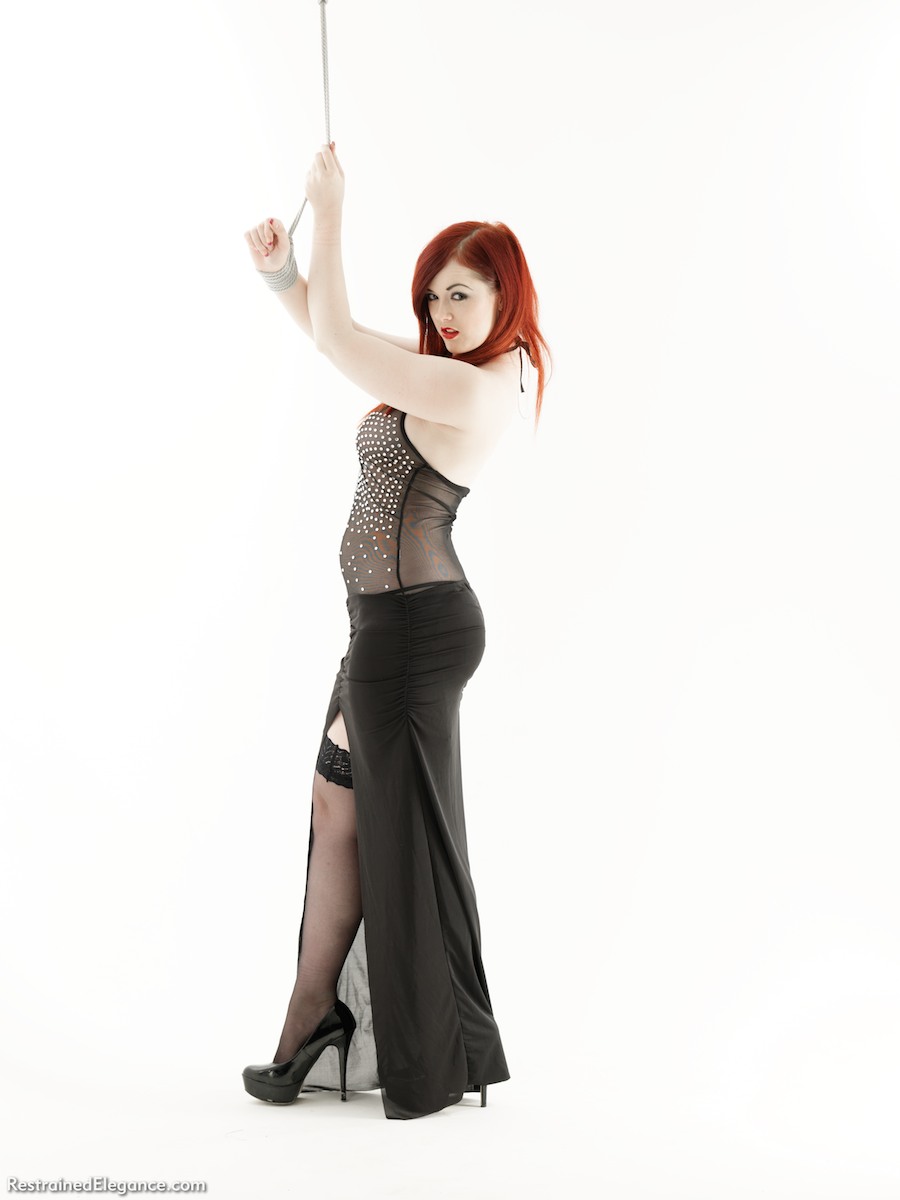
Moire
Do you see that psychedlic multi-coloured banding on the side of Jaye’s dress? That’s an effect called Moire. It is caused when a fine texture is in sharp focus and the image of the mesh is just at the wrong spatial frequency for the RGGB filtered sub-pixels in the Hasselblad’s sensor. Some bits of the mesh render red, some blue, some green, some black. The result is a horrible mess.
Now most cameras cure this with a filter, called an anti-alias (AA) or optical low-pass filter (OLPF). This is a bit of very carefully frosted glass that sits in front of the sensor and blurs the image a bit so these horrible strobing Moire effects don’t happen. Medium format camera like mine traditionally omit this, to gain ultimate crispness and sharpness. Normally the ill-effects of that are a little colourful sparkling on the brightest highlights, and a bit of detail in the image that isn’t actually there (it is an artefact) but adds to the impression of crispness.
But when it goes really wrong, it can look like rainbow horror.
If I was running a stockings site, I’d never have even considered a camera without an OLPF.
That’s one of the reasons I keep a Canon dSLR – I should have switched to it for this set. Side note, not for video- the OLPF is tuned for the resolution of the sensor for stills, and for video it produces spectacular rainbow Moire on almost anything textured you point it at. Which was one of the reasons we stopped using the Canons for video!
If you shoot in low light for your living, I’ll bet you’ve got an f/1.4 or f/0.95 lens on your camera 90% of the time and you’d probably leap at a Canon C300 for video shooting.
If you shoot motorsport or football for a living, I’ll bet you’ve got a fast autofocus image stabilized telephoto lens the size of a dustbin which cost ten times as much as the dSLR it is semi-permanently attached to.
Ultimately, the only person who can decide what the ideal kit is for your shooting is you. But don’t try to guess before you shoot. Start with some generic, prosumer kit which seems to have good reviews or hire something. Shoot a lot, but keep a note of what limits you hit FREQUENTLY. Not what limits you hit once a month, ones you hit several times a day. If you have a 24-70 mm zoom lens, do you find you are always at 24 mm and hitting the stop? Or do you keep trying to twist the barrel to get more out at the longer end? Are you always full open at f/5.6 and desperate for a few more stops of light? Can you light your subject? Yes? Then maybe you need lights! Otherwise, perhaps that f/2.8 L series 70-200mm is looking like more of a bargain.
In the end you’ll know what YOU need.
So yes, you do NEED the right gear to shoot the photographs you want to. When you are hitting the limits of the kit, there is no substitute for having the right tool for the job.
Just don’t imagine you can tell what the necessary gear for you is until you’ve been screaming in frustration at the limits which are driving you MAD. Hire or buy second hand until you figure that out. Then buy the bits of kit you know you need, and enjoy the satisfaction of the right tool for the job.
